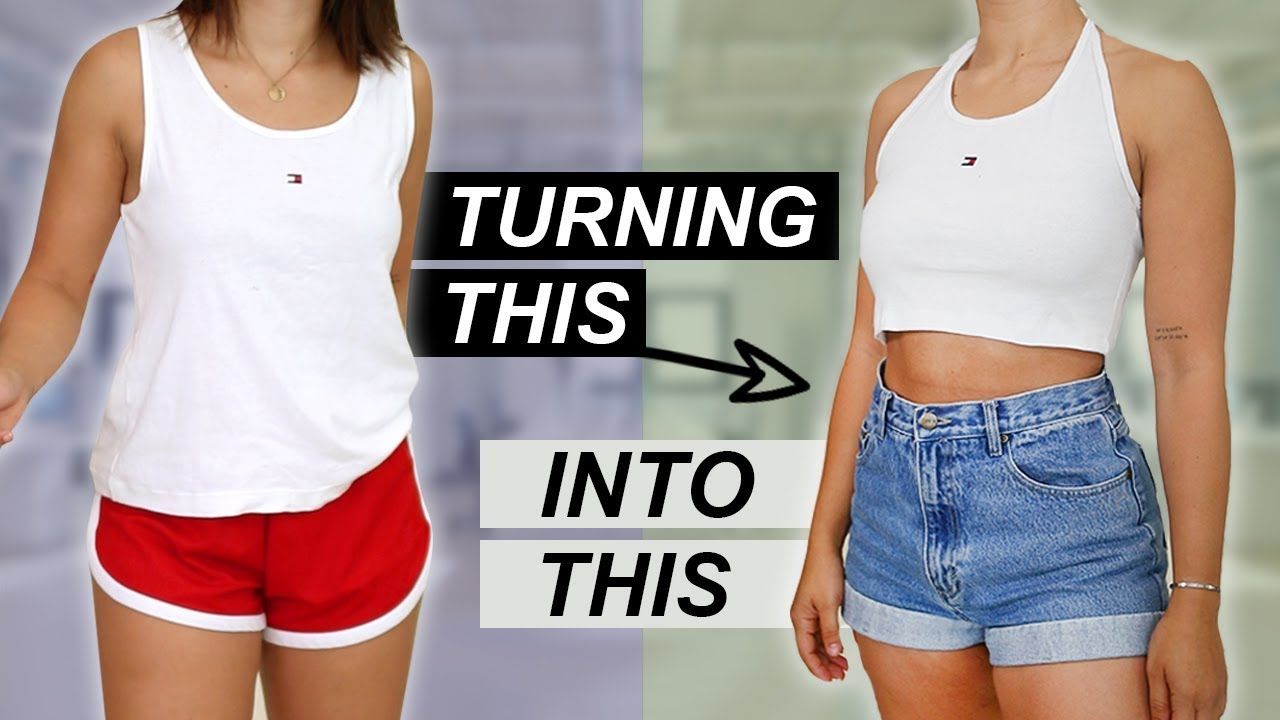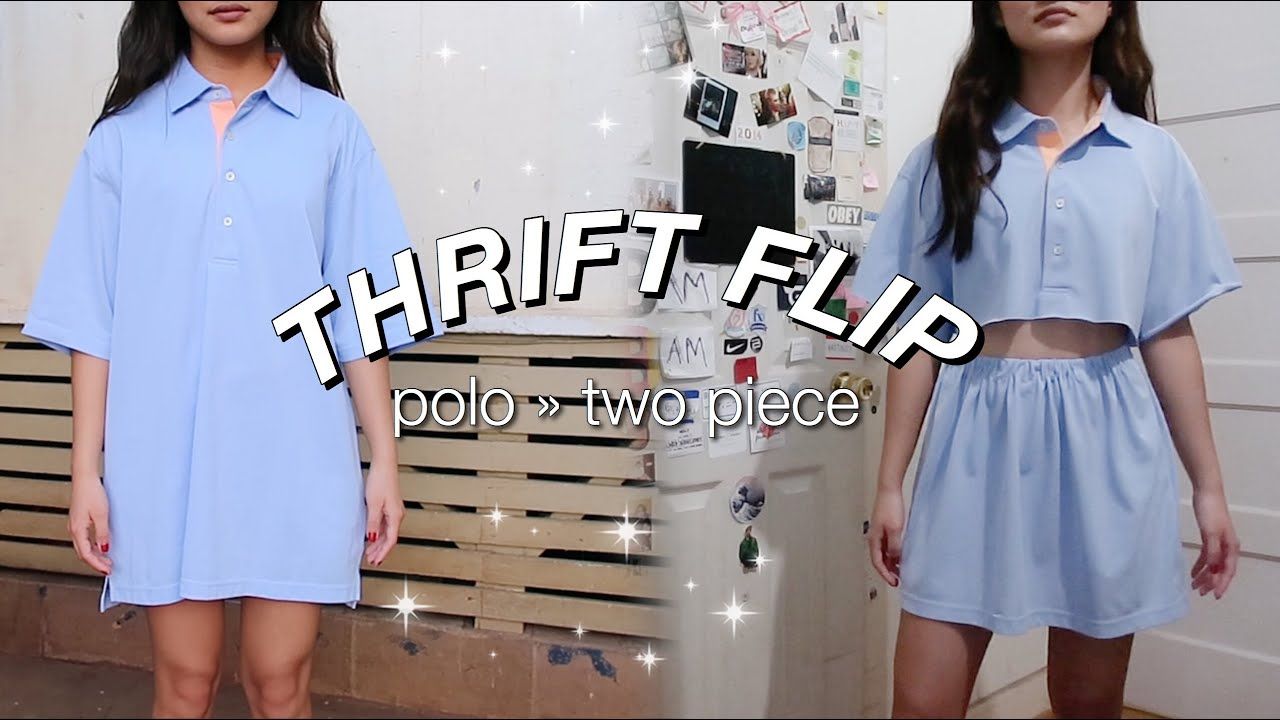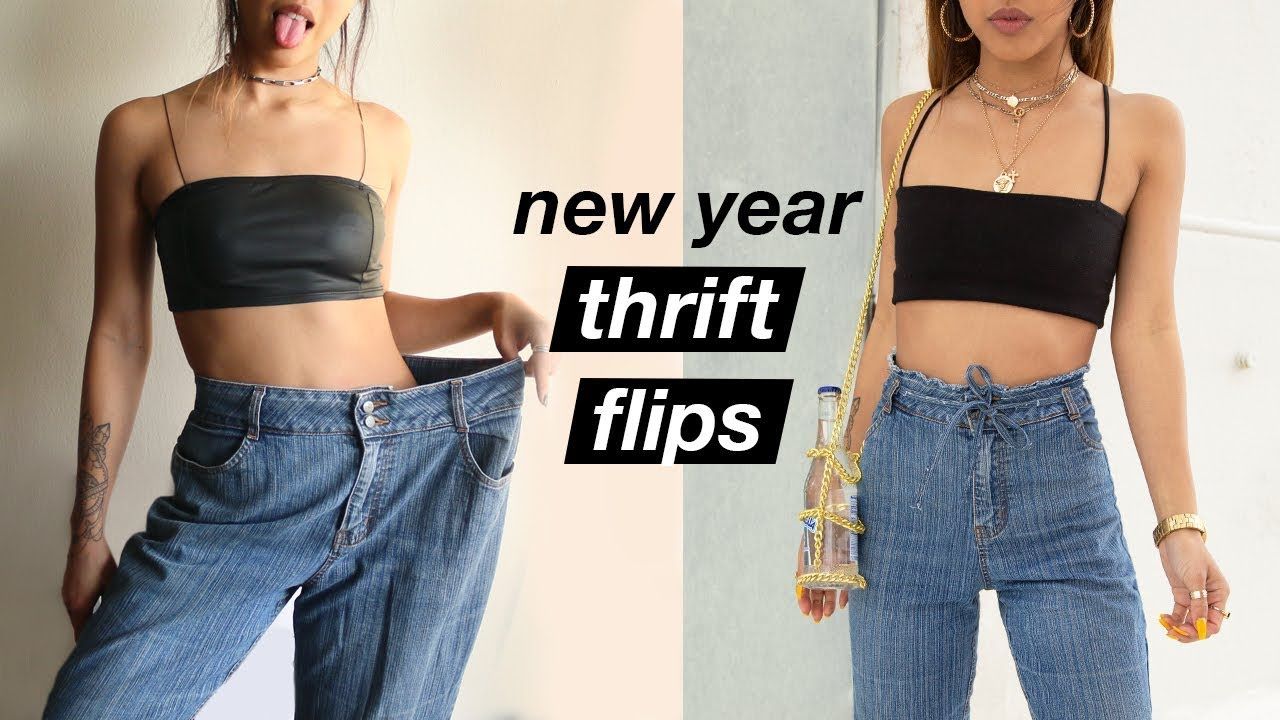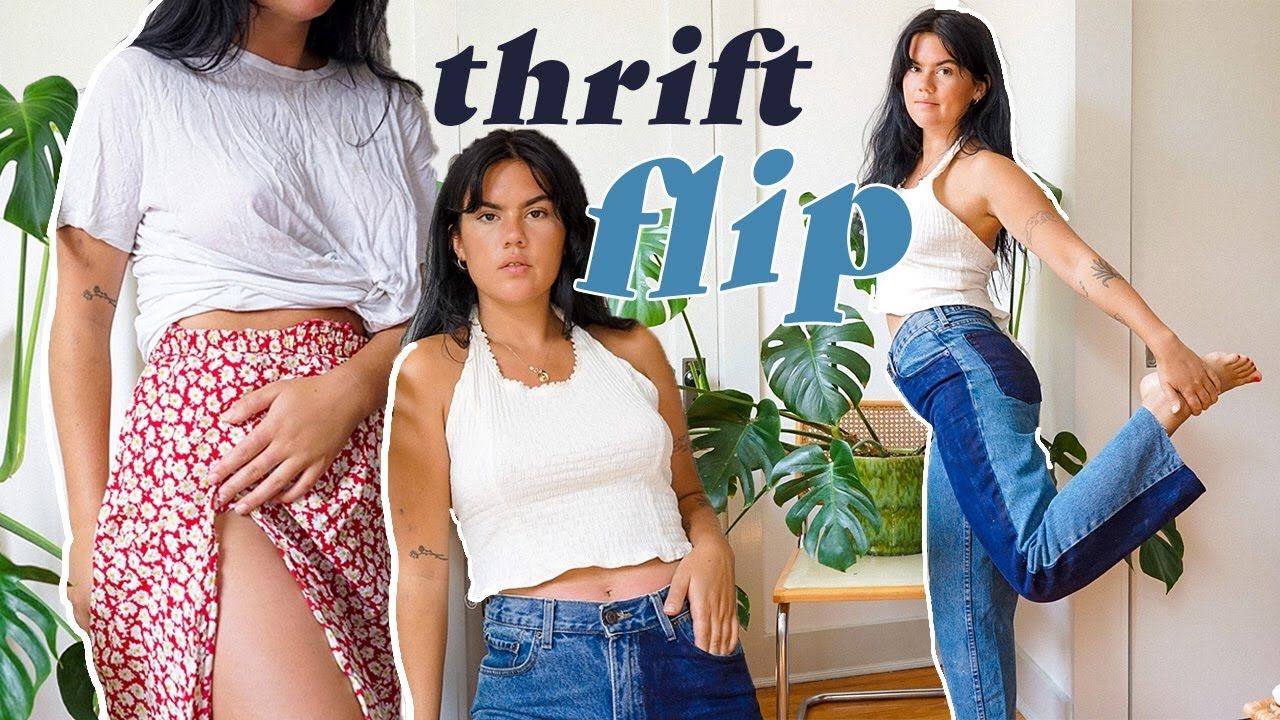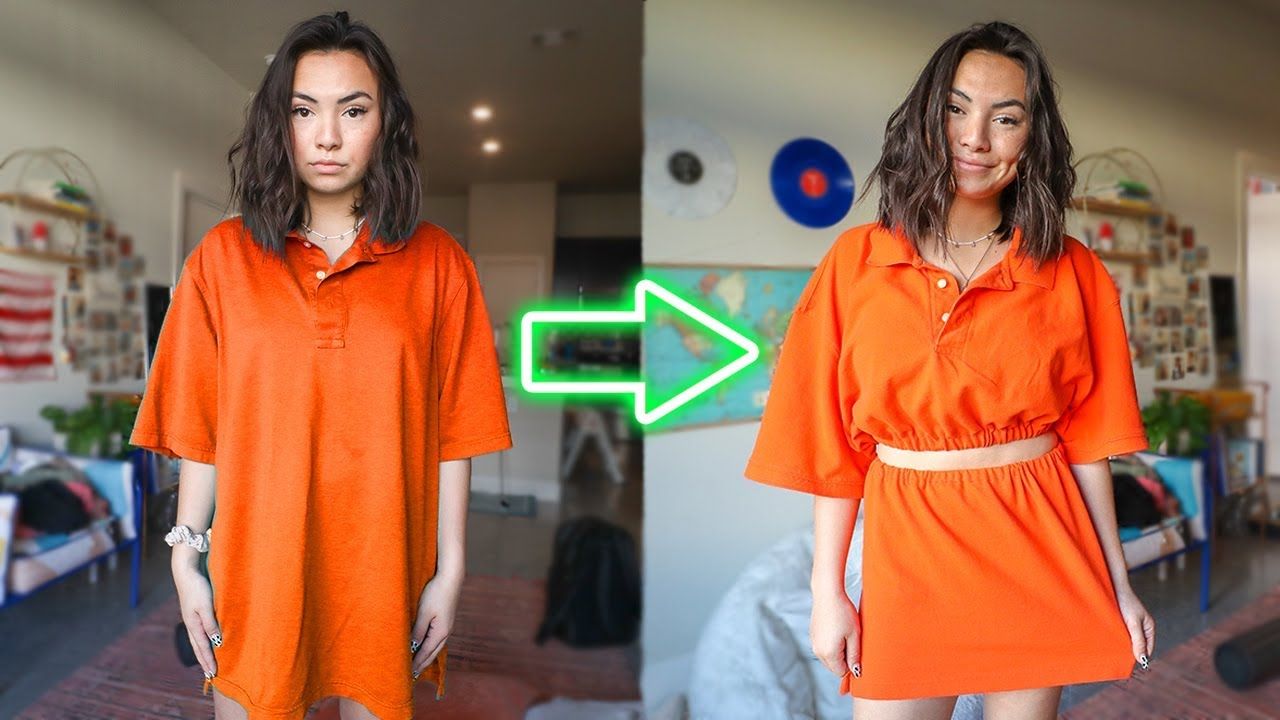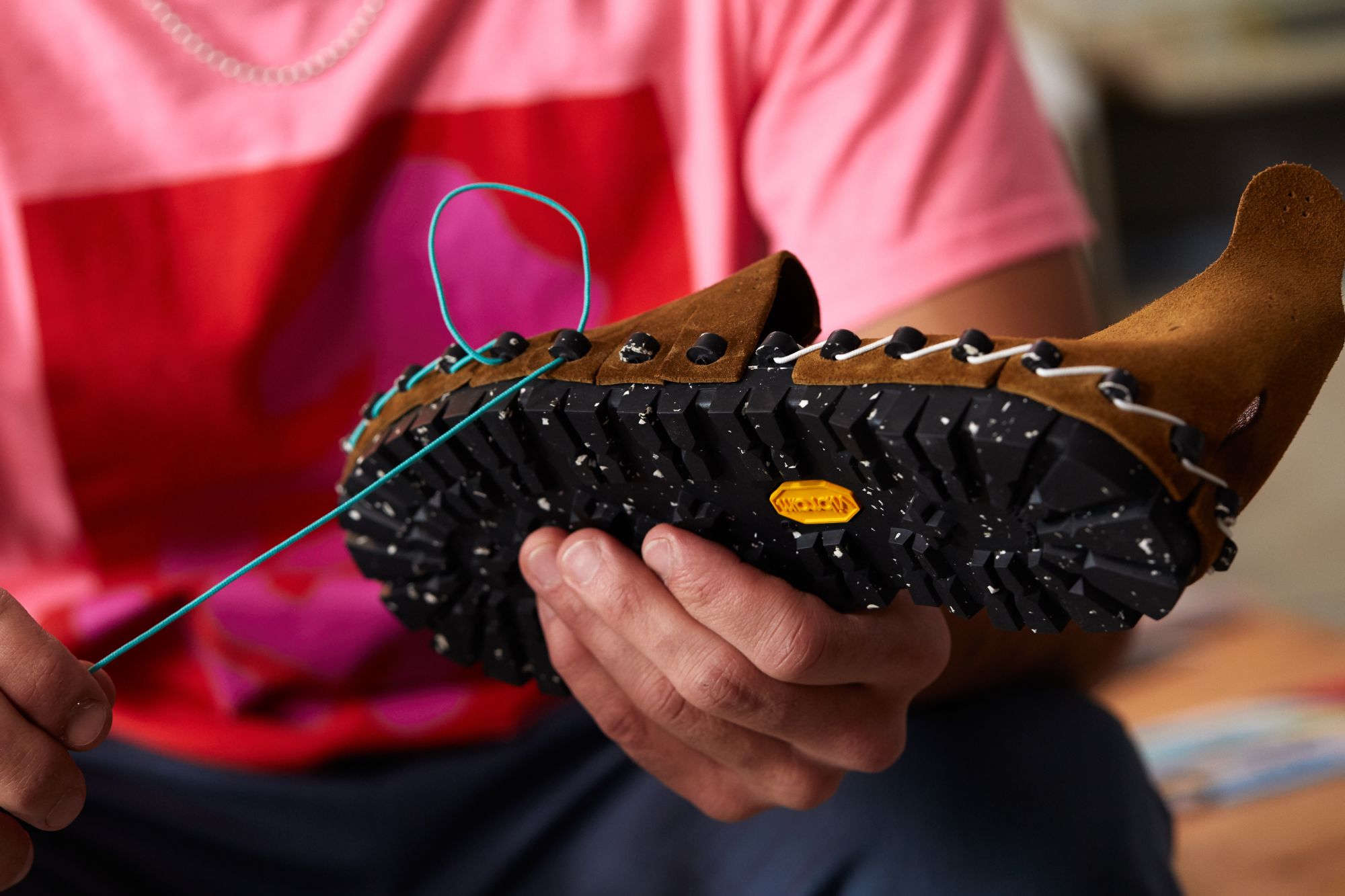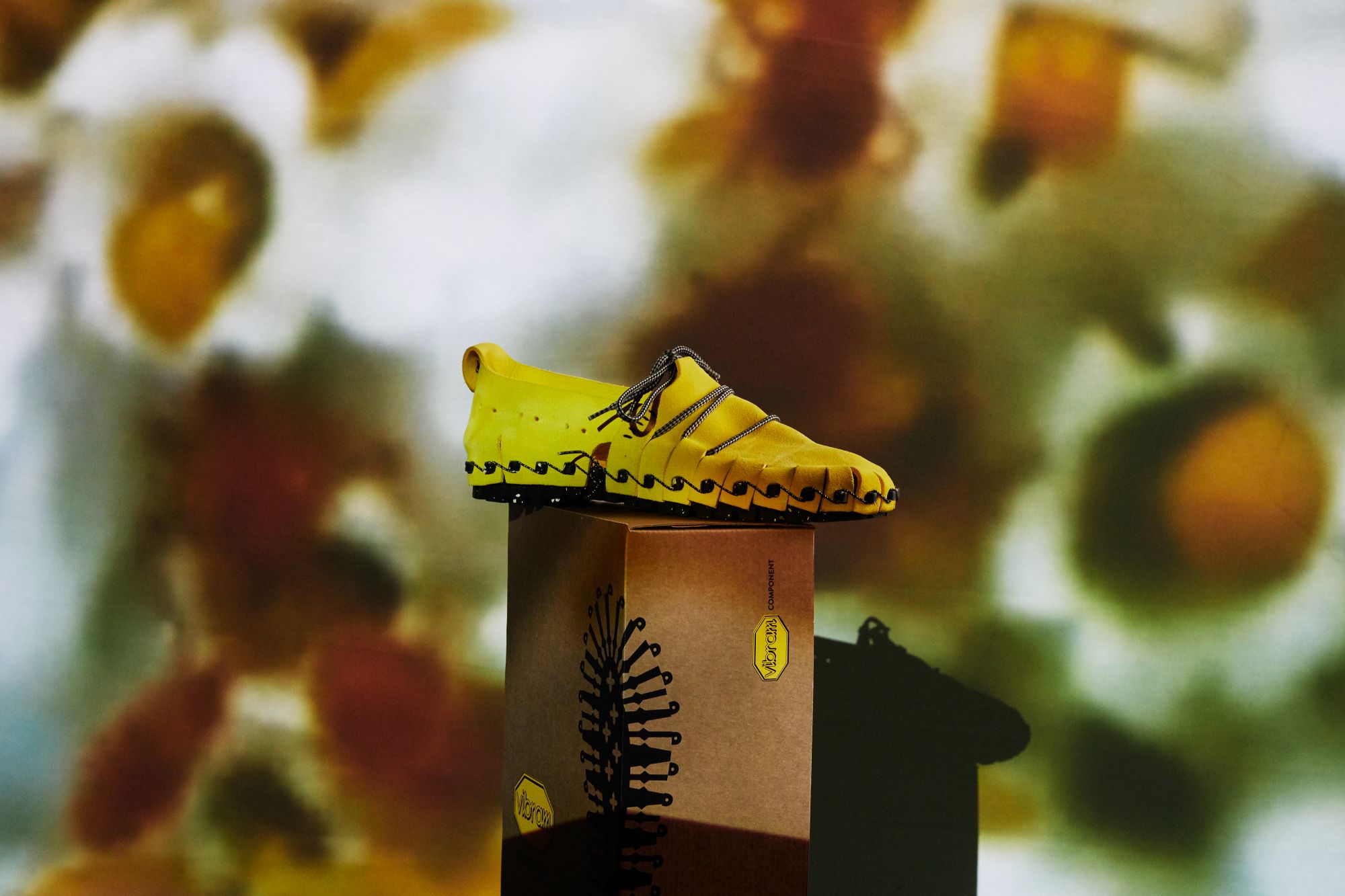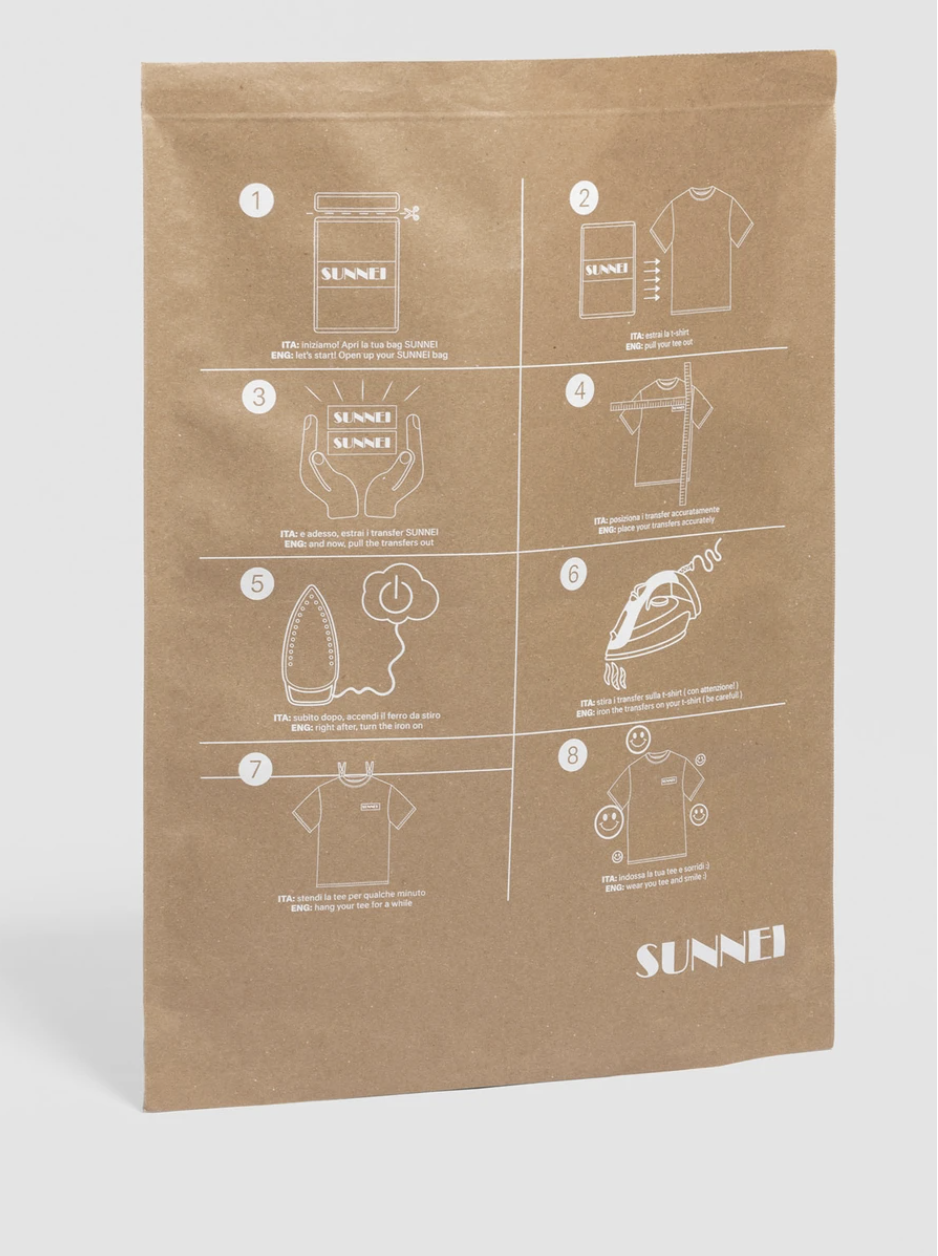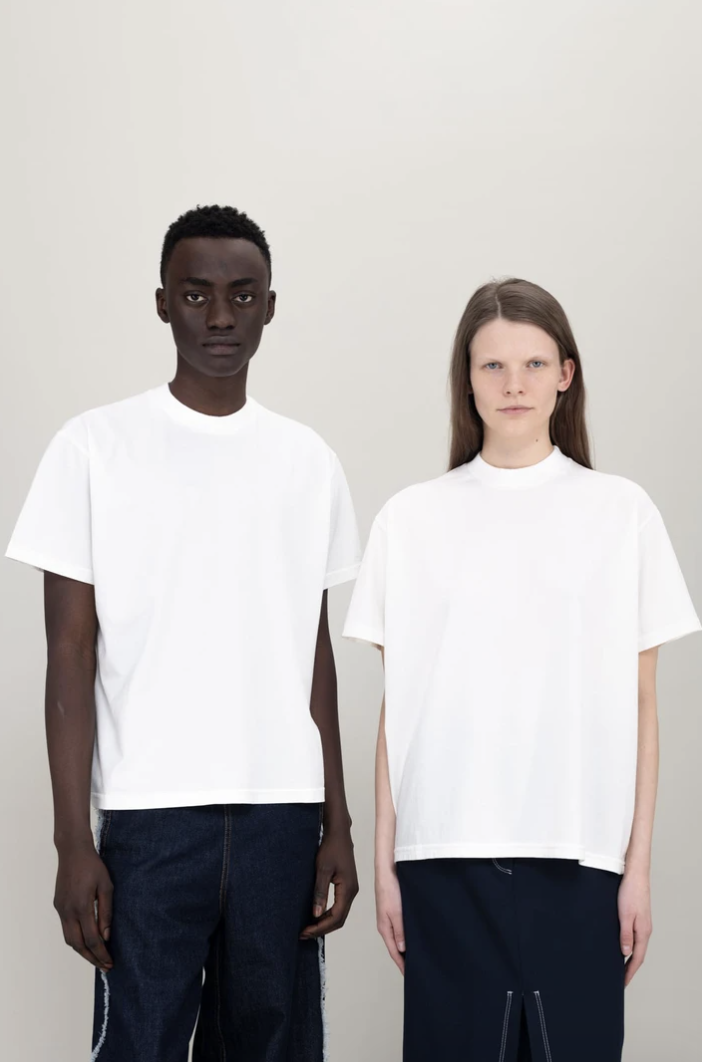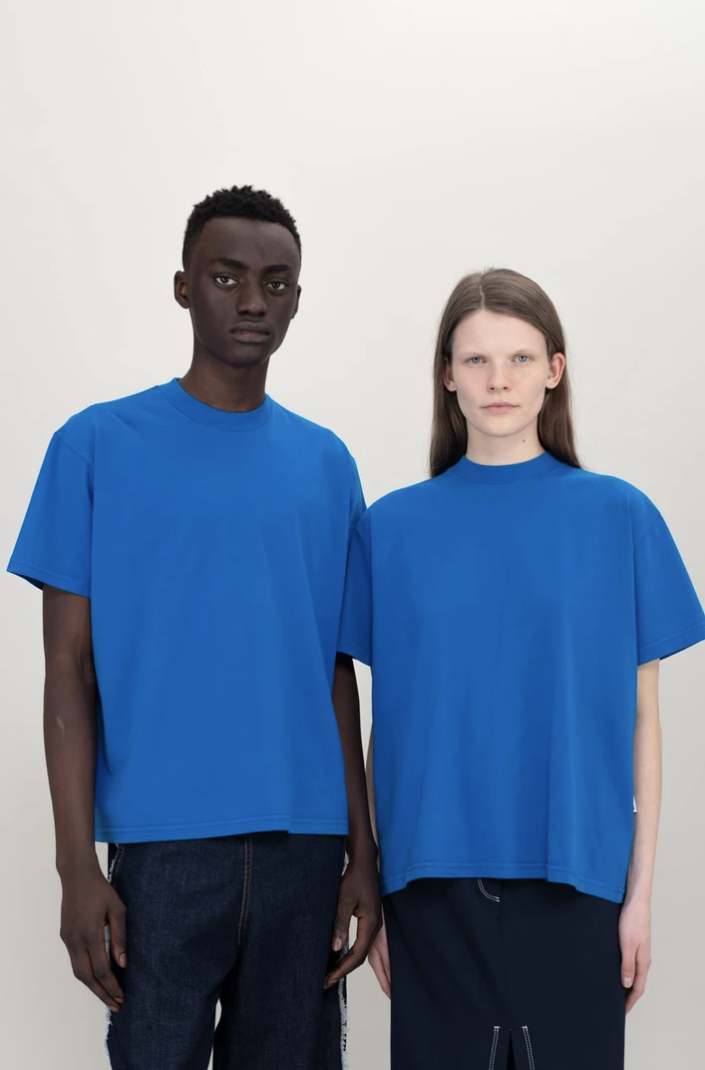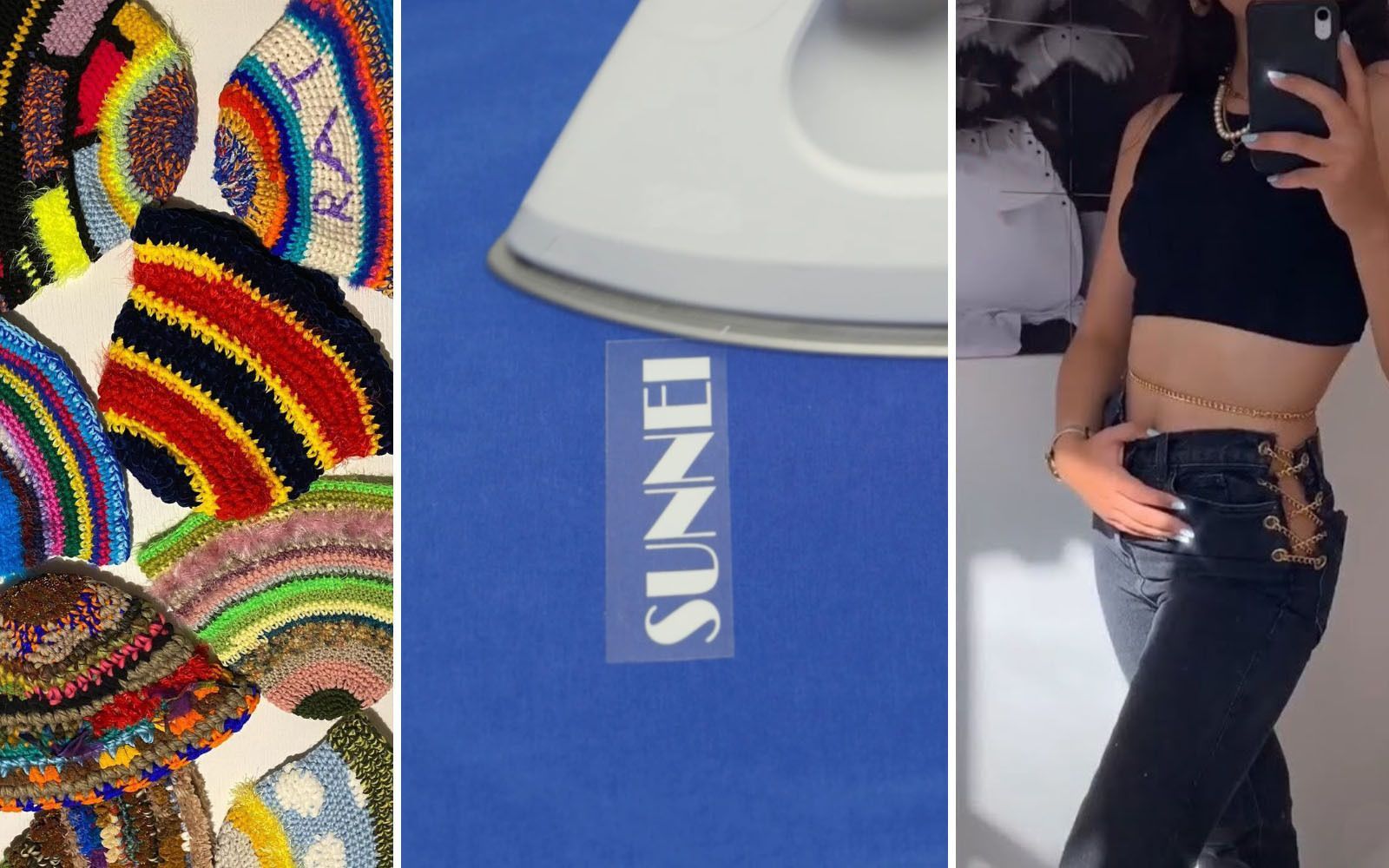
The trend of DIY fashion A trend that reflects a new mentality, re-establishing the relationship between brand and consumers
Among the many effects that the pandemic has had on our daily lives, there is undoubtedly the expansion and success of a new approach to fashion. New not in an absolute sense, but temporal, which after having remained a secret or at least niche for a long time was rediscovered in the months that forced us to stay indoors. With nothing to do, without busy schedules and without a real motivation to leave the house, we have rediscovered the manual skills of our gestures, for cooking, rolling out dough and doing gourmet experiments; to finish that puzzle we started in '99; to try our hand at creating candles and vases, even without being in a Ghost scene; or trying with our hands to make something from scratch, such as clothes or accessories. The DIY, the do-it-yourself, has therefore become an essential component of our vision of fashion, no longer static and passive, made up of shapes and colours imposed by others, but experiential, material, concrete, original and personal. In the pandemic months, tutorials on how to knit have proliferated, to give life to crochet garments, accessories and knitwear hats, making us discover and rediscover the favourite hobby of our grandmothers. In the same way, everything we have bought in recent months, especially if vintage, has become a new playground to test out our new skills, turning and adapting our purchases according to our body and our taste. We have become active actors in our relationship with fashion, a change of perspective that didn't go unnoticed between brands.
In fact, more and more brands are trying to embrace this trend, offering products to compose, to finish, or to build from scratch, adding an experiential component to an action that usually doesn't have any. The latest in chronological order was Sunnei, who, through the Do What You Want project, created genderless monochrome T-shirts and long sleeves that can be customized with the brand logo, which can be applied anywhere on the item. Not long ago Vibram unveiled the Kit Component initiative, a special pack containing two uppers and three variants of laces to be assembled following the video tutorial and the instructions on the box. Rayon Vert, a research brand founded in Milan in 2017 which makes DIY and experimentation two of its pillars, also took part in the project. This is the principle that animates the Open Source Fashion Cookbook, a book of "recipes" by ADIFF that gives practical advice on how to create new garments or add details such as pockets and hoods, to items already in our wardrobe, giving them new life. Rat Hat, Cavia, Kundalini Knitwear, Memorial Day and the newborn Ketten Studio are also the result of this trend.
Today it's the fashion brands who provide the customer with an unfinished or uncomplete product, a clean slate on which the consumer can let their creativity free, according to their taste and aesthetics, modifying it according to needs. The expansion and the new approach towards this phenomenon are part of a context of great attention to everything that can not only be customizable and therefore unique but towards everything that is sustainable and environmentally conscious. As the founders of Rayon Vert also told nss magazine: "We believe in pursuing a condition in which everyone is able to produce their own clothing and accessories, by doing so: low-quality production lines will become obsolete, supporting self-production and local businesses. It will establish a greater connection between users, their clothing and equipment by encouraging them to repair and re-use them whenever possible. We will pass on the necessary knowledge to users to expand the item design according to their needs, thus reducing the environmental impact of mass production."
The initiatives of the brands, which are becoming more and more aware - and supporters - of the phenomenon seem almost as a necessary and expected response to the requests and new interests that the younger generations are showing, especially on YouTube and TikTok. On these two platforms, in fact, the number of contents dedicated to #ThriftFlipping has grown significantly, the practice whereby vintage or second-hand garments are cut, sewn and reassembled according to the taste - and size - of the user. Despite the (sterile) polemics towards the phenomenon, it's undeniable that it's an innovative, interesting and creative way to adapt used garments, therefore sustainable, to contemporary taste.
The initiatives of the brands and the indirect response of users reflect a change of mentality, which moves on two intertwined tracks, which combine personal creativity and the possibility of creating unique items of their kind, with a green approach that reduces waste and doesn't rely on large productions. If on the one hand the interest of consumers, especially younger ones, appears authentic and genuine, it remains to be understood how much the fashion industry will believe and invest in the phenomenon.










































